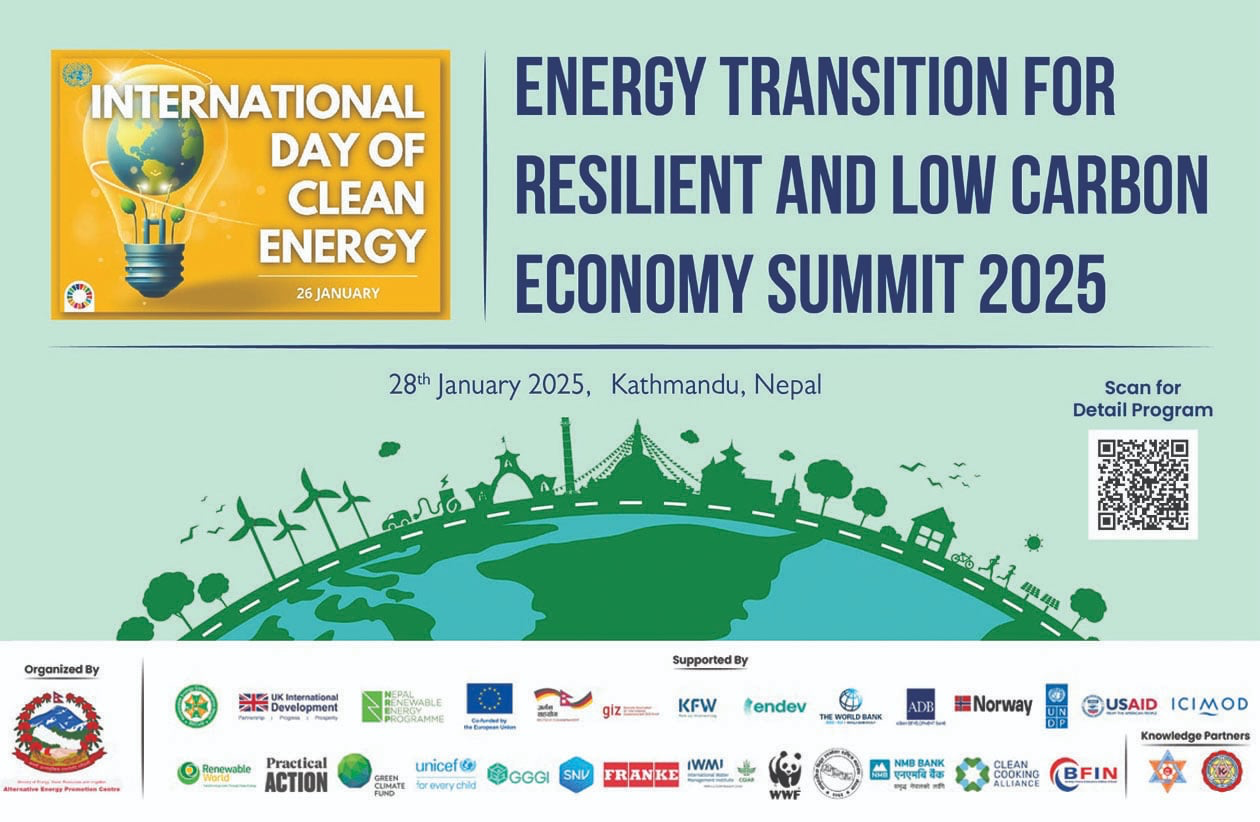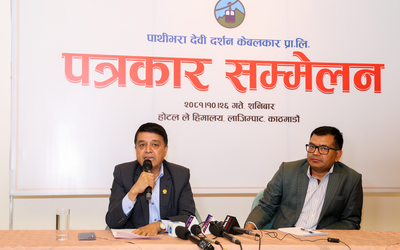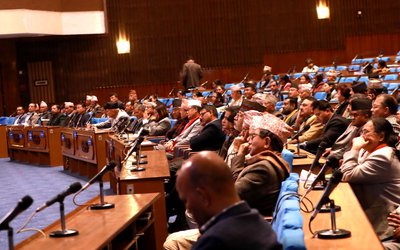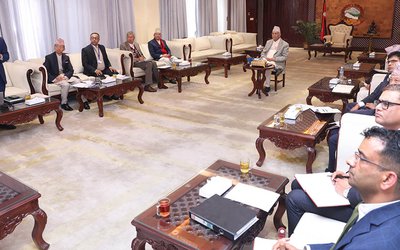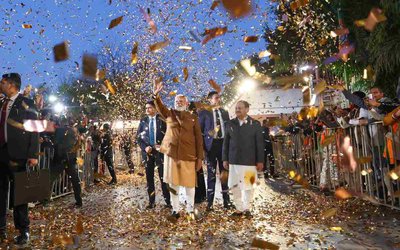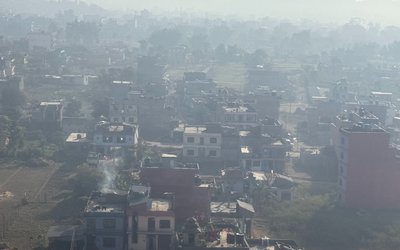
The pace of growth of Nepal’s economy will slow down to 4.7% in fiscal year (FY) 2018, compared to 6.9% seen in FY2017, according to the latest economic report released today. The FY2018 growth forecast has been revised down from an earlier estimate of 5.4% in the wake of severe floods and landslides in August that affected one third of the country, resulting in the loss of human lives and livelihoods, and destruction of crops, says the Nepal Macroeconomic Update 2017.
Asian Development Bank, Nepal Resident Mission has released the second edition of Nepal Macroeconomic Update (September 2017).
This edition of Macroeconomic Update provides a forecast for FY2018 growth and inflation. It also analyzes Nepal’s performance in real, fiscal, monetary and external sectors in FY2017. GDP is forecast to grow by 4.7% in FY2018, down from a preliminary estimate of 6.9% in FY2017, largely due to heavy rainfall during this monsoon that affected paddy and other major crops in the Terai belt of Nepal.
This will likely depress farm output and economic growth in FY2018 and contribute to inflationary pressure. Inflation is expected to rise to 6.5% in FY2018. With widening trade deficit and falling growth in remittances, current account deficit is expected to widen to 2.2% of GDP in FY2018 from a deficit of 0.4% of GDP in FY2017. The Issue Focus of this edition sheds light on prospects of Nepal’s services trade and suggests sector-specific policy recommendations.
According to Asian Development Bank, Nepal Resident Mission second edition of Nepal Macroeconomic Update (September 2017),The agriculture sector was badly hit, and will likely expand by just 2.4% in FY2018, compared to 5.3% in FY2017 owing to destruction of paddy plantation and other major crops in the Terai belt of Nepal. But the industry sector is expected to expand by 6.6% in FY2018 thanks to a better supply of electricity and availability of construction materials. The services sector, meanwhile, is projected to grow by 5.5% in FY2018, resulting from an expansion of the financial intermediation, wholesale and retail trade, and tourism subsectors.
“The economy rebounded strongly in FY2017 from FY2016, a difficult year with external shocks. This year we expect economic growth to revert somewhat to the trend growth rate, partly because of floods. Reforms to improve the quality of public and private investment and to encourage a competitive private sector would reduce the economy’s dependence on external factors such as the monsoon and prospects for remittances,” said Sharad Bhandari, Principal Economist and Officer-in-Charge of ADB’s Nepal Resident Mission.
The Update says inflation is expected to rise moderately to 6.5% in FY2018 from 4.5% in FY2017, partly reflecting lower inflation in India and the expansionary FY2018 budget. The fiscal transfer and election expenditures compounded by depressed farm output will exert inflationary pressure in FY2018.
Despite improved revenue collection at NPR609.1 billion (23.4% of GDP), the fiscal deficit widened to 5.2% of gross domestic product (GDP) in FY2017 following the rise in government expenditure compared to a year earlier. While the execution rate of capital expenditures has hovered around 72.1% for FY2012-2017, its year-on-year growth has remained solid. The low execution rate could well be an indication of an overambitious target set by the government, the report says.
Growth in merchandise exports has been weaker than the rise in imports, leading to a widening merchandise trade deficit. The growth in remittances is expected to drop following a decline in the number of workers going abroad in FY2017. Nepal increasingly faces the risk of external sector instability with a slower rise in remittances and ballooning merchandise trade deficit.
The growth in services exports, on the other hand, has been brighter. The services sector accounted for 66% of the total exports and 14% of the total imports in FY2017, indicating its growing importance in external trade. But because of infrastructural, institutional, legal, and procedural barriers, the services trade in Nepal has yet to achieve its full potential, the report says.
- NEPAL’S ENERGY SECTOR: Facing Crisis
- Jan 28, 2025
- FAST TRACK: Moving In The Right Direction
- Jan 28, 2025
- SOUTH KOREAN SPECIAL ENVOY VISITS NEPAL: Gesture Of Goodwill
- Jan 28, 2025
- AMRIT BAHADUR RAI: A Career Diplomat
- Jan 27, 2025
- US PRESIDNET DONALD TRUMP: Begins Second Tenure
- Jan 27, 2025
